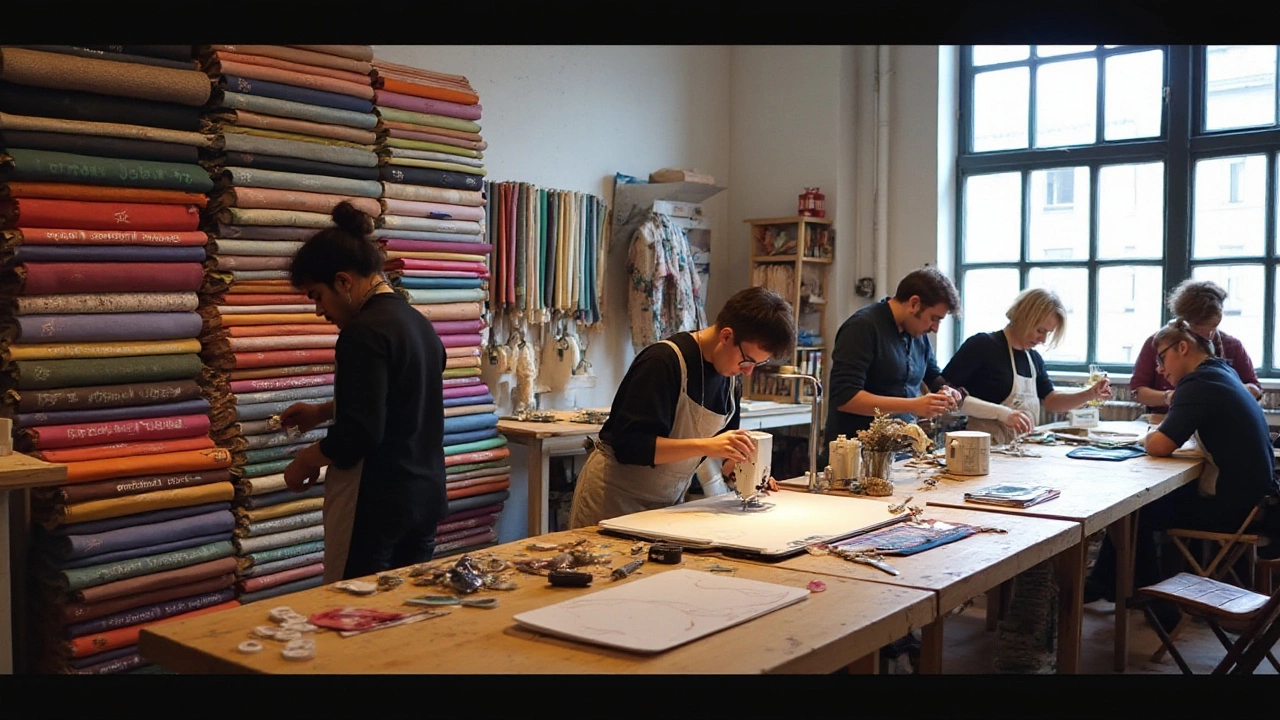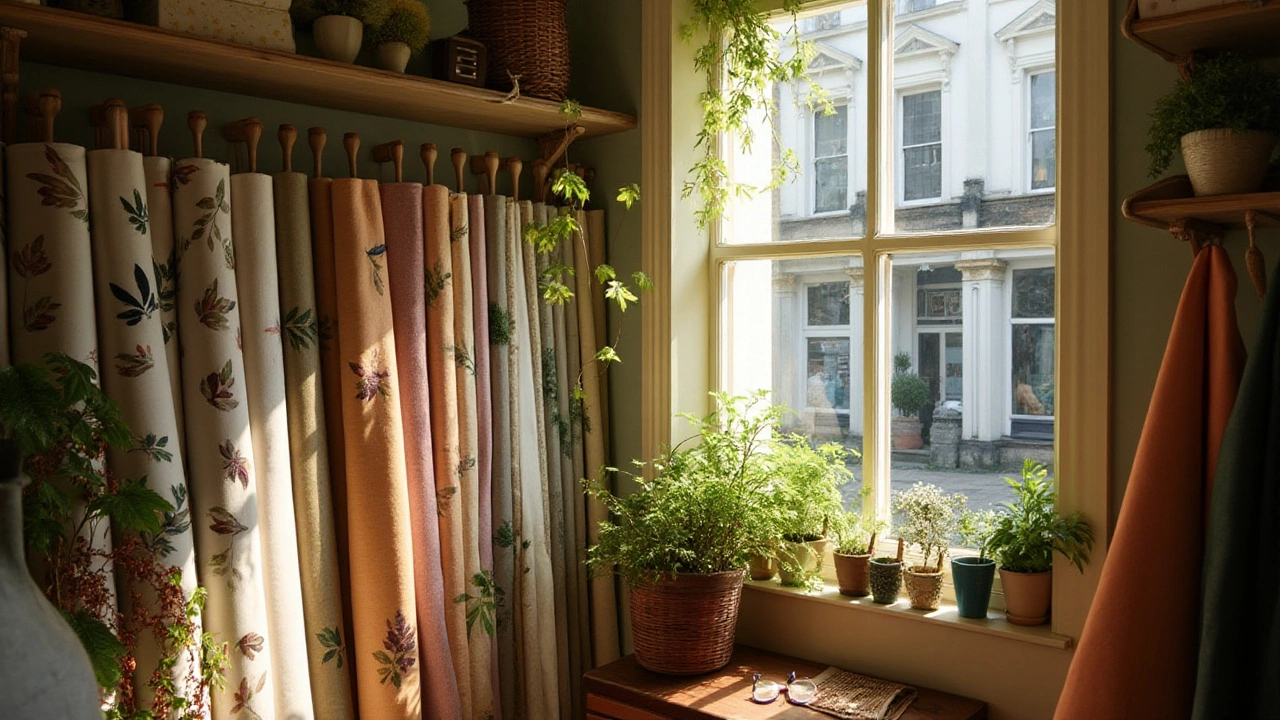Green Fashion: Your Guide to Eco‑Friendly Style in 2025
Did you know that clothing accounts for more than 8% of global greenhouse gas emissions? That number alone makes finding greener options a must‑do, not a nice‑to‑have. The good news? Sustainable style is no longer a niche hobby. It’s mainstream, affordable, and actually looks great. Below you’ll get straight‑forward advice to keep your closet stylish without hurting the planet.
Why Green Fashion Matters
Every shirt, pair of jeans, or sneaker you buy carries a hidden carbon cost. From cotton farming to factory dyes, the process can waste water and pollute rivers. When you choose green fashion, you’re cutting that impact in half or more. Brands that use recycled fibers, organic cotton, or low‑impact dyes usually publish the numbers, so you can see the difference yourself. Plus, many ethical labels pay fair wages, which helps communities beyond the environment.
How to Build a Green Wardrobe
Start with what you already own. Pull out pieces that still look good, then mend or tailor them. A simple hem or a new button can give an old tee a fresh vibe. Next, focus on versatile basics: a well‑fitted organic cotton tee, a pair of recycled denim, and a classic blazer made from Tencel or linen. These items mix with almost anything, so you’ll buy fewer trend pieces.
When you shop, look for certifications like GOTS (Global Organic Textile Standard) or OEKO‑Tex. They signal that the fabric meets strict environmental rules. If you’re curious about which brands lead the pack, check out our roundup of the best sustainable fashion brands for 2025. The list highlights companies that use closed‑loop recycling, plant‑based dyes, and transparent supply chains.
Got a favorite fast‑fashion store? H&M, for example, has rolled out a “Conscious” line and published sustainability data for 2025. Knowing the facts helps you decide whether a piece fits your green goals. If the brand’s claims line up with real actions—like using recycled polyester or reducing water usage—you can shop with a clearer conscience.
Don’t forget second‑hand stores and online resale platforms. Vintage finds often have a lower carbon footprint than brand‑new garments, and they add unique style to your look. Aim for a mix: one‑third new sustainable pieces, one‑third vintage, and one‑third up‑cycled or repaired items.
Finally, care for your clothes the right way. Wash in cold water, skip the dryer when you can, and use a gentle detergent. These habits extend the life of each item and cut down on energy use. A simple habit like air‑drying a shirt can save enough electricity to power a TV for an hour.
Green fashion isn’t about perfection; it’s about making better choices most of the time. Start small, track your progress, and you’ll see your wardrobe and your footprint improve together. Ready to dress smarter and greener? The steps are all here—just pick one and get moving.


